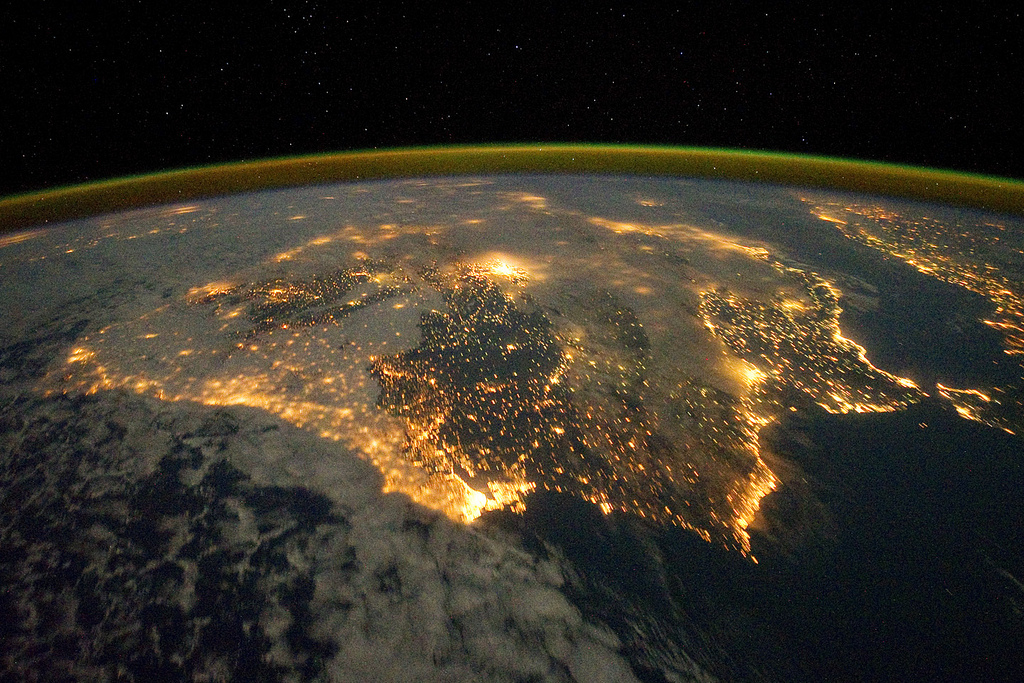Gautam Adani, the chairman of Indian conglomerate Adani Group has said the company will become one of the world's biggest green hydrogen producers over the next four years as it trebles its clean energy generation capacity to 63% of its power portfolio. Outlining a ten-year, $20 billion strategy, Adani told today's JP Morgan India Investor Summit: “Today, we are already the world’s largest solar power plant [developer], when we account for our generating, under-construction, and contracted project[s]. We’ve done this in just two years and our renewable[s] portfolio has reached our initial target of 25 GW four years ahead [of schedule].”
A team of international researchers has suggested blue hydrogen – powered by carbon capture-equipped natural gas plants – can be compatible with a low-carbon economy, depending on the methane emissions of the gas supply chain and the CO2 removal rate at hydrogen production facilities. Academics from Canada, Germany, Italy, the Netherlands, the U.K., U.S., and Switzerland, in their paper On the climate impacts of blue hydrogen production, cited low methane emission rates of around 0.3-0.4% in the U.S. gas industry, and around 0.5% in the U.K. and Norway but stated: “In contrast, several gas exporters, like Russia, Algeria or Libya, still have methane emission rates [of] around, or significantly higher than 2%, and will require substantial investments into their existing infrastructure and operations to reach comparably low methane emission levels.”
Solar and sustainability
Efficient carbon capture is also critical to ‘low-carbon' blue hydrogen, added the researchers, who wrote: “Our assessment is that CO2 capture technology is already sufficiently mature to allow removal rates at the hydrogen production plant of above 90%. Capture rates close to 100% are technically feasible – slightly decreasing energy efficiencies and increasing costs – but have yet to be demonstrated at scale.” With even renewables-powered green hydrogen electrolysis not truly carbon free, the researchers pointed to the carbon reduction benefits offered by biomass, stating: “Biomass-based hydrogen production represents an exception: adding CCS [carbon capture and storage] to wood gasification and [the] reforming of biomethane can lead to net negative GHG [greenhouse gas] emissions under certain circumstances.”
Spanish energy and infrastructure companies Naturgy and Enagás, together with compatriot logistics business Exolum, have announced plans to develop 50 green hydrogen plants for the national transport network. The ‘Win4Hw' network of plants will be around 300km apart, the partners said in a press release yesterday, adding: “To this end, it is expected to have a green hydrogen production capacity of approximately 4,000 to 7,000 tons per year [at the] first stage, through a scalable design, depending on the evolution of the market.”
German energy company Uniper and Danish wind developer Ørsted have joined forces with Dutch grid company Tennet in a bid to establish offshore-wind powered green hydrogen production from Wilhelmshaven, on Germany's North Sea coast. “By integrating offshore wind and hydrogen, we can significantly support industries such as the chemical, steel or transport sectors in their decarbonization,” said Uniper Hydrogen CEO Axel Wietfeld, in a press release issued by the partners yesterday. Tennet chief operating officer Tim Meyerjürgens said: “Electrolysis must take place where renewables are generated and available in sufficient quantities, namely, primarily on the coasts.” As part of the project, Uniper plans to install a 70 MW electrolysis plant at Wilhelmshaven “from 2025” and aims to expand its capacity to 410 MW this decade.
A quick plug
American hydrogen producer Plug Power, which opened a European base last week, has announced a new production facility in Fresno County, California which will see a 300 MW solar field power a 120 MW Plug Power polymer electrolyte membrane (PEM) electrolyzer to produce “30 metric tons of liquid green hydrogen daily.” The company said the planned project would be “the largest green hydrogen production facility on the West Coast” of the U.S. With plants operational in New York, Tennessee, and Georgia, Plug Power wants to produce 500 tons of liquid green hydrogen daily by 2025, and double that figure by 2028, for use in light vehicles, freight and logistics. “Pending environmental and construction permitting approvals, the plant will break ground in early 2023 and complete commissioning in early 2024,” the company said yesterday.
Canadian electrolyzer manufacturer Next Hydrogen Solutions has opened a new, 27,000 square foot assembly plant in Greater Toronto. “This new facility will provide us with an initial 20 MW of annual assembly capacity, which can be significantly expanded in a low-cost fashion as we continue to grow,” said Next Hydrogen president and CEO Raveel Afzaal.
This content is protected by copyright and may not be reused. If you want to cooperate with us and would like to reuse some of our content, please contact: editors@pv-magazine.com.



An electrolyser factory with 20MW annual production? First-tier Chinese pv manufacturers now routinely break ground on 10 GW new plants. Battery factories for EVs are smaller, but a gigawatt is about the minimum for a serious player. For all the hype, hydrogen has a long way to go.